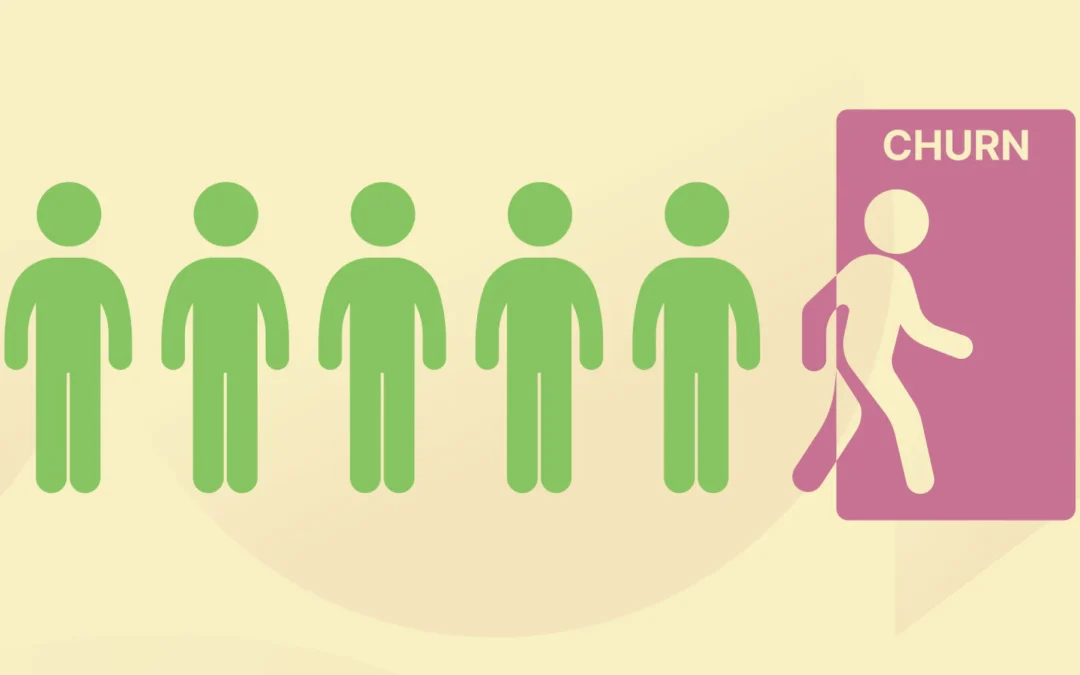When you consider business growth, you may think that acquiring new customers is the key to success. Although obtaining new customers is great, setting out to acquire them in order to grow your business isn’t always as cost-effective and beneficial as you may think.
That’s because the process of identifying, qualifying, and nurturing leads to then (hopefully) convert them into paying customers requires significant resources.
So, rather than simply focusing on the acquisition of new customers to hit your growth goals, invest your time in retaining your high-value, low-effort assets — a.k.a. existing customers.
Here are a few more reasons why customer retention is so important to the overall success of your business.
About 20% of your customers produce 80% of your sales.
Repeat purchasers spend more and generate larger transactions.
Repeat customers refer to more people and bring in more business.
Customer retention lends itself to customer loyalty — and with loyal customers comes word-of-mouth marketing which is a highly effective way to gain referrals to qualified leads from existing customers.
Reengaging existing customers saves you resources — once a customer converts, you simply need to tempt them to return and convert again (and again … and again) through engaging and delightful content and experiences.
Now, let’s discuss how you can calculate your customer retention rate.
Simply, you tally the number of customers you have at the start and end of the time period in which you want to calculate retention (e.g. week, month, quarter, year). Then, tally the number of new customers you acquired during that time period and plug those numbers into the formula above.

